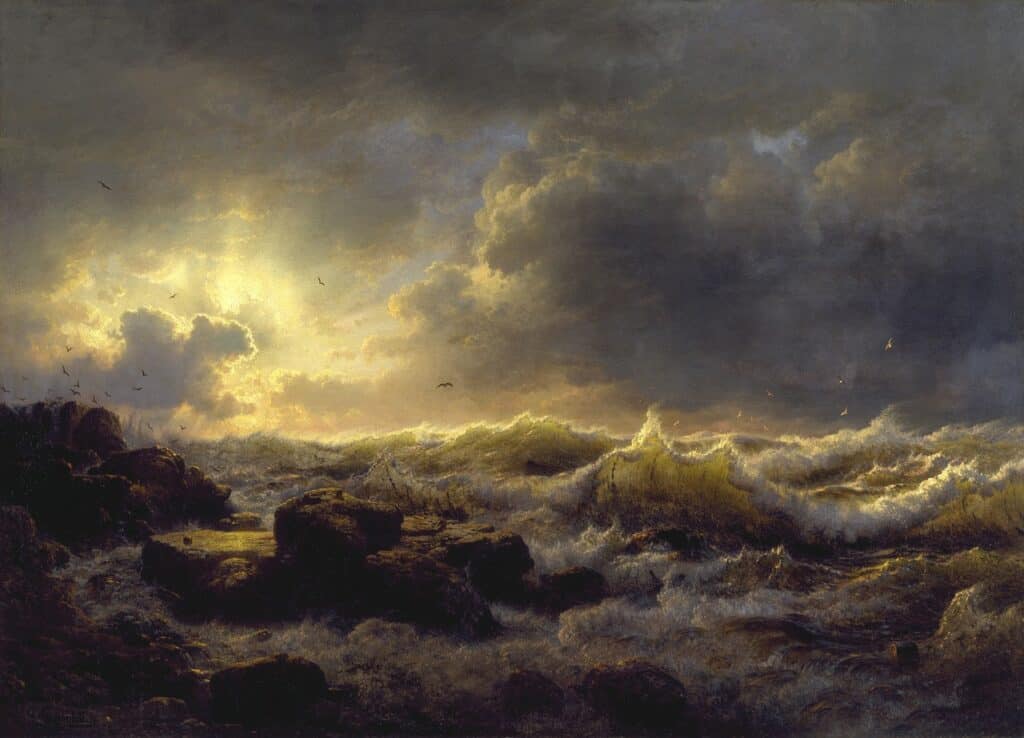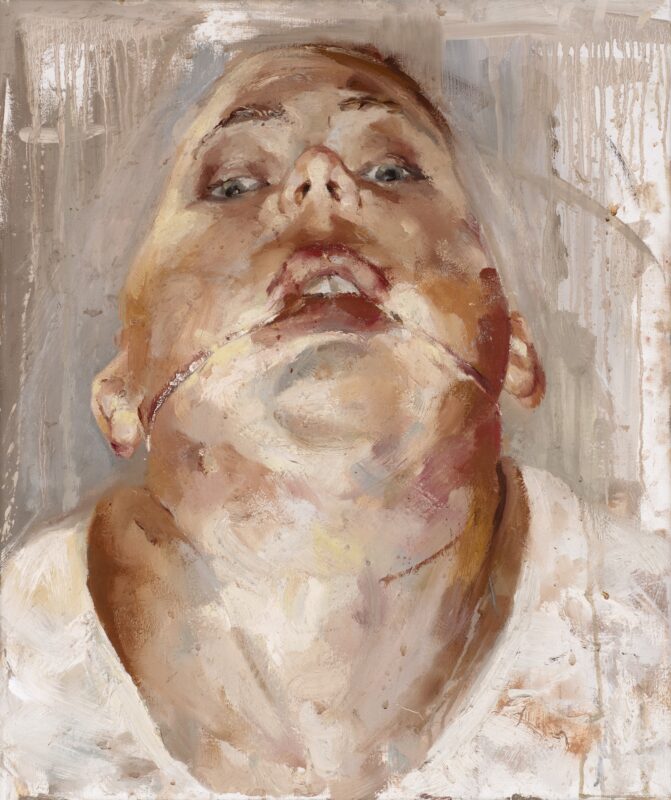
Artists find inspiration for their work from anywhere and everywhere in their day-to-day lives. The inspiration could come from looking at other art, social media, movies, or just staring at people and representing them on canvas. Art could simply be for art’s sake. Artists force themselves into the habit of creating to overcome artists’ blocks and find renewed joy in their work.
One of the most important sources of inspiration has been nature and this source has stood the test of time. Fine artist Damian Osborne, from Cape Town, South Africa, speaks about the level of abstraction that is present in the natural world. The different shapes, lines, textures, and colors of the sky. The clouds and the weather patterns are a brilliant source for all types of artists.
How Weather Inspires Artists and How They Recreate It
You have certainly come across dramatic depictions of weather events like a storm in paintings. However, it wasn’t until the late 18th century that artists started taking inspiration from the day-to-day weather changes. In the romantic period, a movement that linked private emotion to the external weather started to emerge.
And, this movement began in the British Isles. You will be aware of the and famous obsession the islanders have for the weather in the UK. The temperate climate of the region, with its warm wet summers, and cool wet winters, translated into the art coming out of that region. During the romantic period, English painter John Constable pioneered the concept of cloud studies in his art. This went on to influence landscape artists in France and future impressionists.
In an interview with BBC Culture, art author Alexandra Harris says that artists also “make the weather up”. To illustrate the point, she takes the example of rain. Rain is a practical necessity for farming, and should logically symbolize fertility. However, artists have depicted rain as tears. There is nothing rational about this symbolism. This representation is capable of depressing you and me, and that is how we “make up” the weather.
Artists and Their Weather Art
JMW Turner
Born in 1851, Turner worked in an era when paintings of historical events were the norm. He, however, was fascinated with weather and the use of light in landscape art. He ended up using it in almost all of his paintings. The display of Turner’s Snow Storm at the Tate, UK, shows how he used a certain style that would come to feature in many of his future works. He painted the storm as a swirling vortex of rain, clouds, and wind. He included strong contrasts and very tiny almost indiscernible human figures on the ground.
Although he traveled to Europe multiple times, the inspiration for this painting came from the weather in the UK. More specifically, from his stay at Chevin in Otley in the north of the country. This theme of being in the middle of the weather continued in a lot of his work where he further experimented with unique representations of light.
David Hockney
Born in 1937, in Bradford, England, Hockney’s work Wind is inspired by the famous Japanese painter and printmaker Katsushika Hokusai. He used the idea of floating sheets of paper caught in a gust. The strong wind can be felt from the way pieces of paper are seen blowing high up into the sky. He created a weather-inspired series that shows 6 different types of patterns. Hockney is a modern artist who uses the dominant technology of the era for his representations.
Initially, he started with drawings that could be faxed or photocopied and polaroid collages. He then moved on to the iPhone, and then finally the iPad. He lived in Yorkshire till 2013 and created a body of work representing the English countryside. Currently, he is in Normandy, where he is painting the springtime play of weather.
Think about it. Over time, artists have shaped the way we perceive the weather around us. Turner had famously said that artists in England have an advantage over their European counterparts. The infinite variability of the English weather is a stronger inspiration for artists.
Far stronger than is the calmness and the clear skies of the Mediterranean. The next time you are walking in the rain or through the fog, think about the emotions you feel. They may not be the most logical but they will certainly be beautiful. Know in your heart that this perception was most likely shaped by an artist, whose painting once captivated you.







